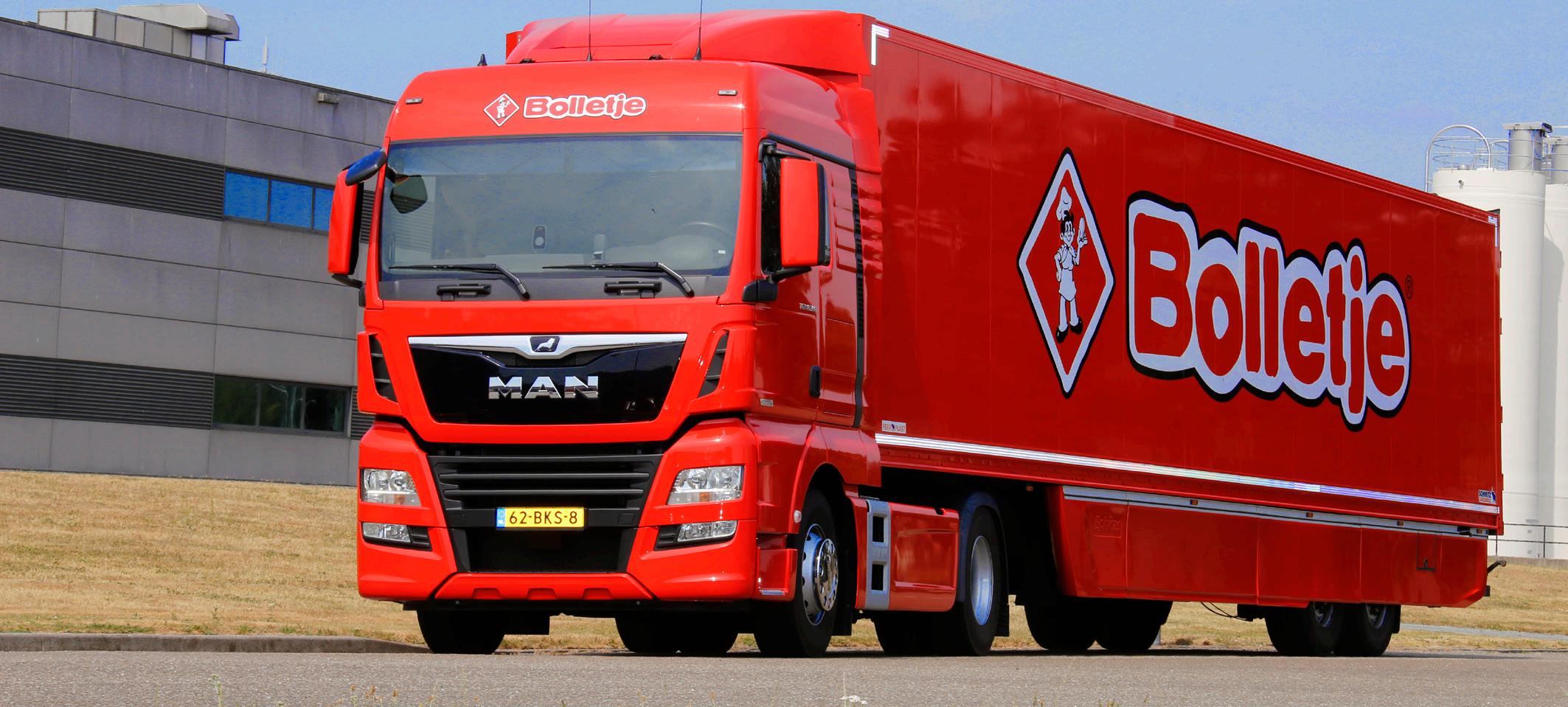Ups & Downs It is the story of the past two years: the current crises, with extreme supply issues and tremendous demand shifts, leads to headaches at many decisionmaking teams. For Districon, consultants with a passion for supply chains, this period, however, leads to very interesting challenges: how can they support their customers making better decisions, taking into costs, services, CO2 emissions, but also risks? “The crisis is an amazing opportunity, and the upcoming trends will only further increase the importance and challenges of the supply chains”, thus Victor and Julia say, both graduated from Industrial Engineering at our university. TEXT Lars Geerlings DESIGN Caitlin Riesewijk
‘‘Supply chain crises as a gift’’ We all know the disruptions the pandemic has on supply chains. Container prices for example have risen by 500%. But for Districon these variations are not seen as hindering. Districon sees them as a huge challenge that they are enthusiastically trying to tackle. Everything has to go to the next level. Victor explains: “You need planning models which can deal with 50 to 75 per cent less demand, what happens if there is no supply? This also increases the need for scenario simulations and good use of data. It has also shown how important the supply chain is. Before COVID, optimization was sometimes about only a few per cent, but now it is about huge differences.” These differences also ask for new knowledge. In her first year at Districon, Julia has experienced the difference between the theory at the university and the real world. Theoretical models applied at companies she worked for during her time at Districon are not always able to SCOPE DECEMBER 2021
26
deal with reality, Julia says: “Problems we have come across during the COVIDcrisis are not covered in traditional models. When we were working out the replacement of a warehouse, we saw the prices of shelving units rise from under a million to 4.5 million Euros.
unstable supply chains during COVID have shown the use of it. Creating the possibility of more calculations, such that we can use stochastic models and simulations, will help us with the uncertainties of today.” Districon states that AI is not only the buzzword it can be sometimes, as they are already applying it.
Victor continues: “these are real extremes. Usually, they do not exist, but during COVID, they did and still do. The planning models used at some companies are not able to deal with such uncertainties in their forecasts; instead of deterministic models we need stochastic models.”
Another important upcoming trend for Districon is sustainability. Of course, just like data science, this is another popular theme nowadays. Districon has developed something unique, however. A part of the company is fully focused on a specific application: a CO2-calculator. The government as well as companies have partnered with Districon to reduce their CO2 emissions. Districon also has other projects, Julia tells us: “Multiple municipalities have asked us to help with transforming cities to a zero-emission zone. In the upcoming years, cities have to reduce their emissions significantly. If we think about city logistics, you have to think about creating other distribution centres
Trends in the supply chain These extremes are different from normal. Districon is of course used to deal with the regular ups and downs such as seasonal demands. However, the trends in the upcoming years in the supply chain will lead to new ups & downs. When asked, Victor replies that he expects data science and AI to be ramped up in the coming years: “The









